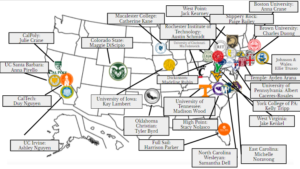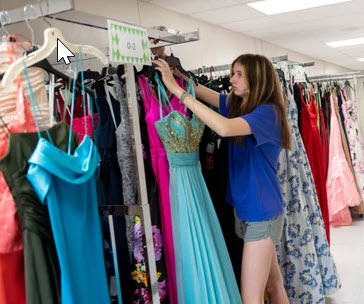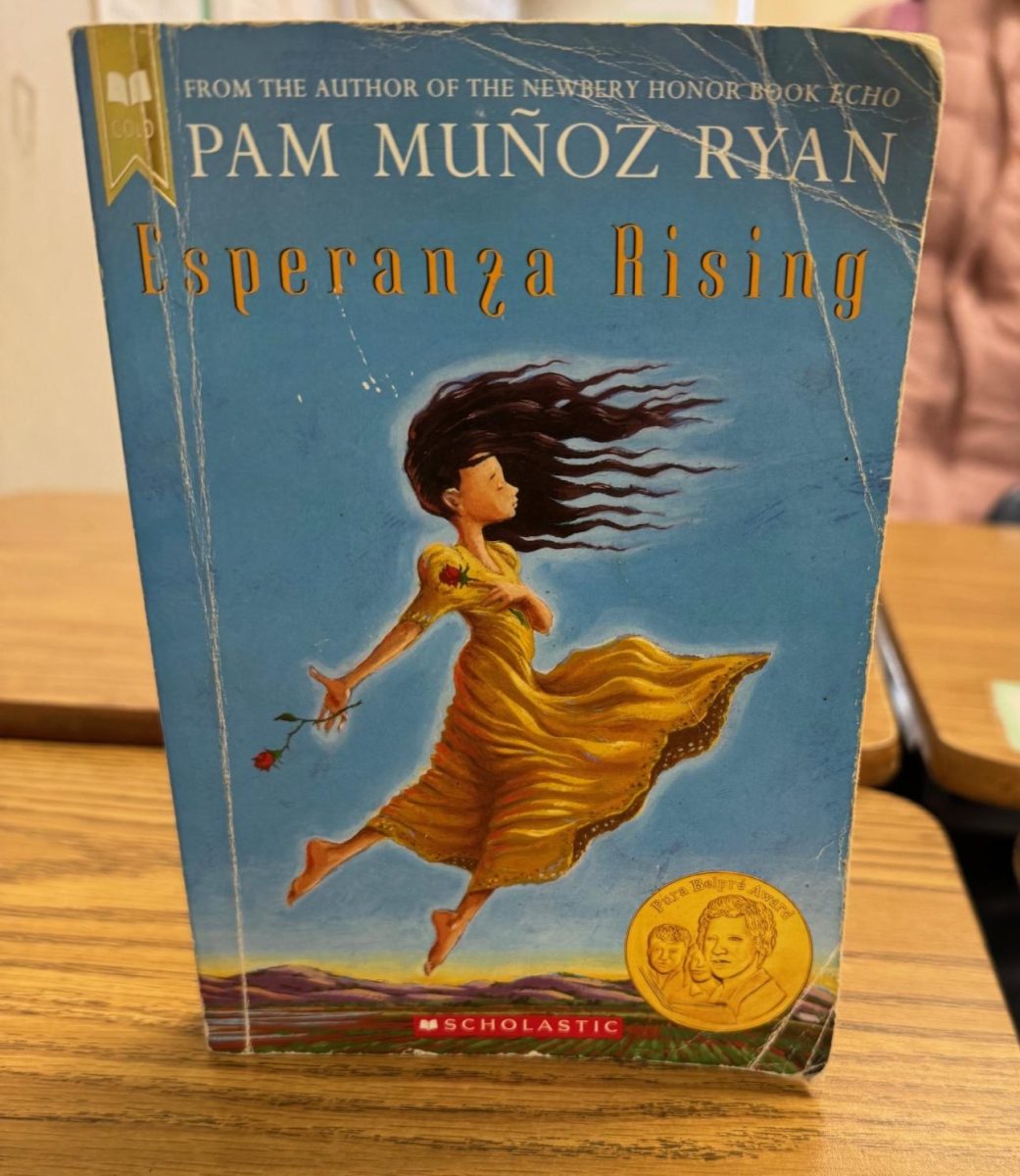New Year’s Celebrations Across the Globe
How Do They Celebrate New Year’s in Other Countries?
December 17, 2014
These are the merriest times of the year, with all your favorite winter holidays and New Year’s Eve to top it off. While we all know about the different ways people celebrate Christmas around the world, the different New Year’s traditions are not as well known. Here are a few of the different ways the world starts the year off.
★ In Spain, they eat twelve grapes for luck.
★ In Belgium, children write letters to their parents.
★ In Greece, people hang onions on their doors as a symbol of rebirth.
★ In Denmark, people eat Kransekage (a large cake) and throw dishes.
★ In Japan, Buddhist temples ring the bells 108 times to welcome Toshigami (the New Year’s god.) They also send thank you cards called nengajo to family and friends.
★ In Estonia, they eat 7-12 meals a night, and with each meal they gain the strength of many for the following year.
★ In Ireland, women put mistletoe under their pillows to find husbands. Another superstition of Ireland is if a dark haired man visits your home, you will have good luck. But if a red haired woman does, she will bring a lot of trouble.
★ In Germany, they eat pigs made of marzipan.
★ In Macedonia, they celebrate New Year’s Eve on December 31 and January 14.
★ In Argentina, people eat beans on New Year’s Eve for good luck.
★ In the Czech Republic, they set off fireworks.
★ The Jewish new year, (Rosh Hashanah) is said to be a day of judgment.
★ In Ecuador, people burn life-size dummies of their enemies at midnight.
★ In China, they clean their houses and buy presents.
★ In Serbia, New Year’s is like Christmas.
★ In Iran, the first day of spring (Nowruz) marks the new year and it marks the rebirth of Domuzi (the god of sacrifice).
Each country has its own way celebrating the end of the year. However you end the year, whether it’s by hanging onions or popping champagne, it can be a defining part of your culture.




